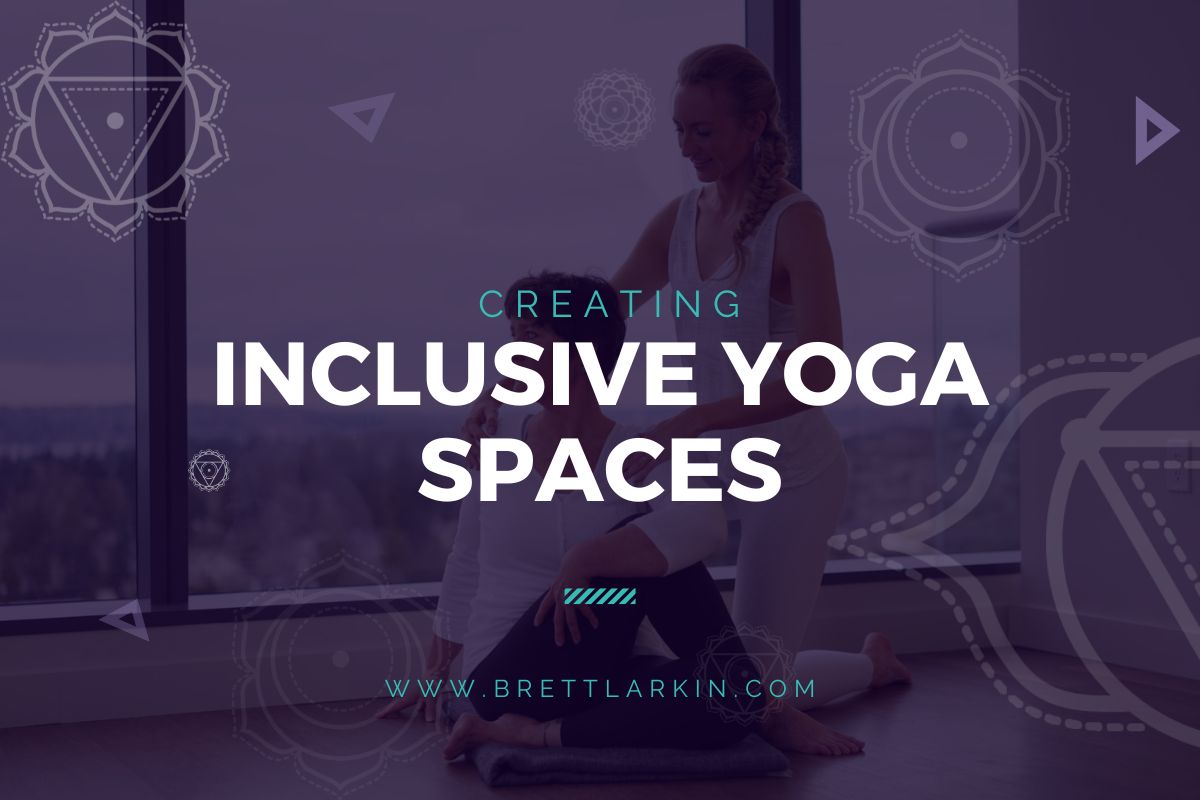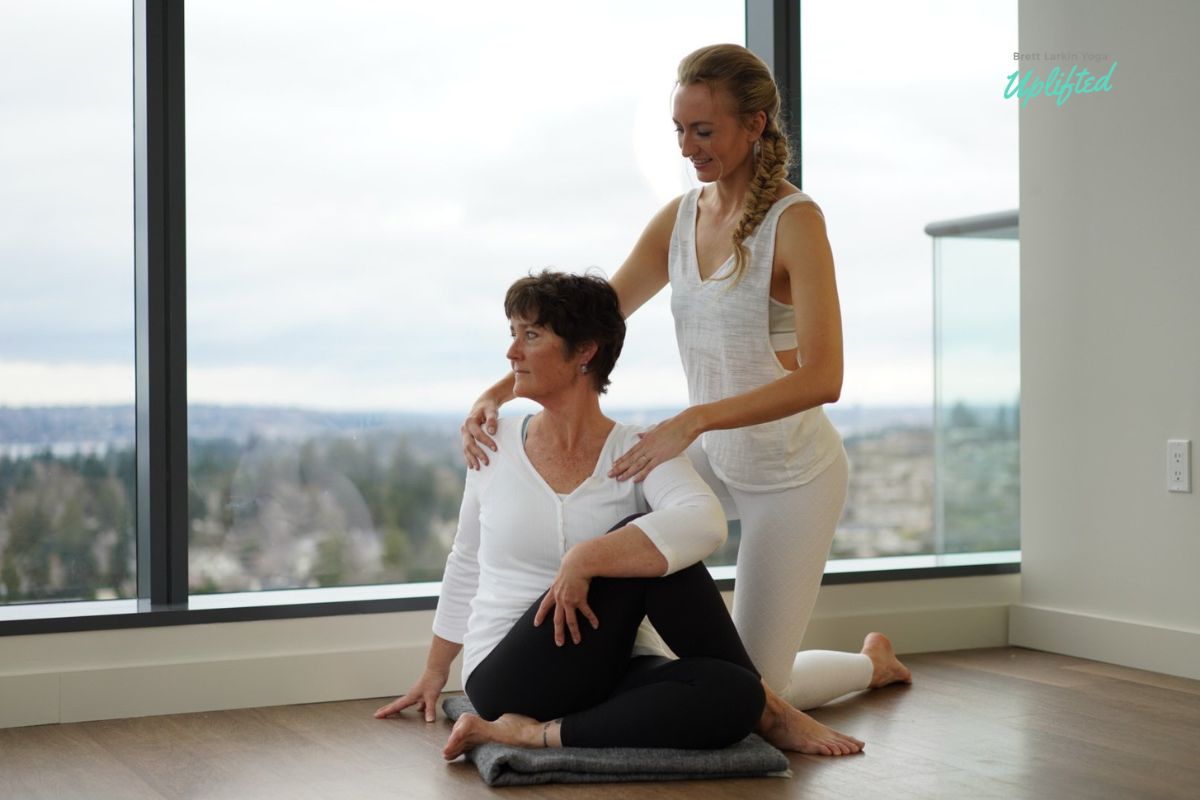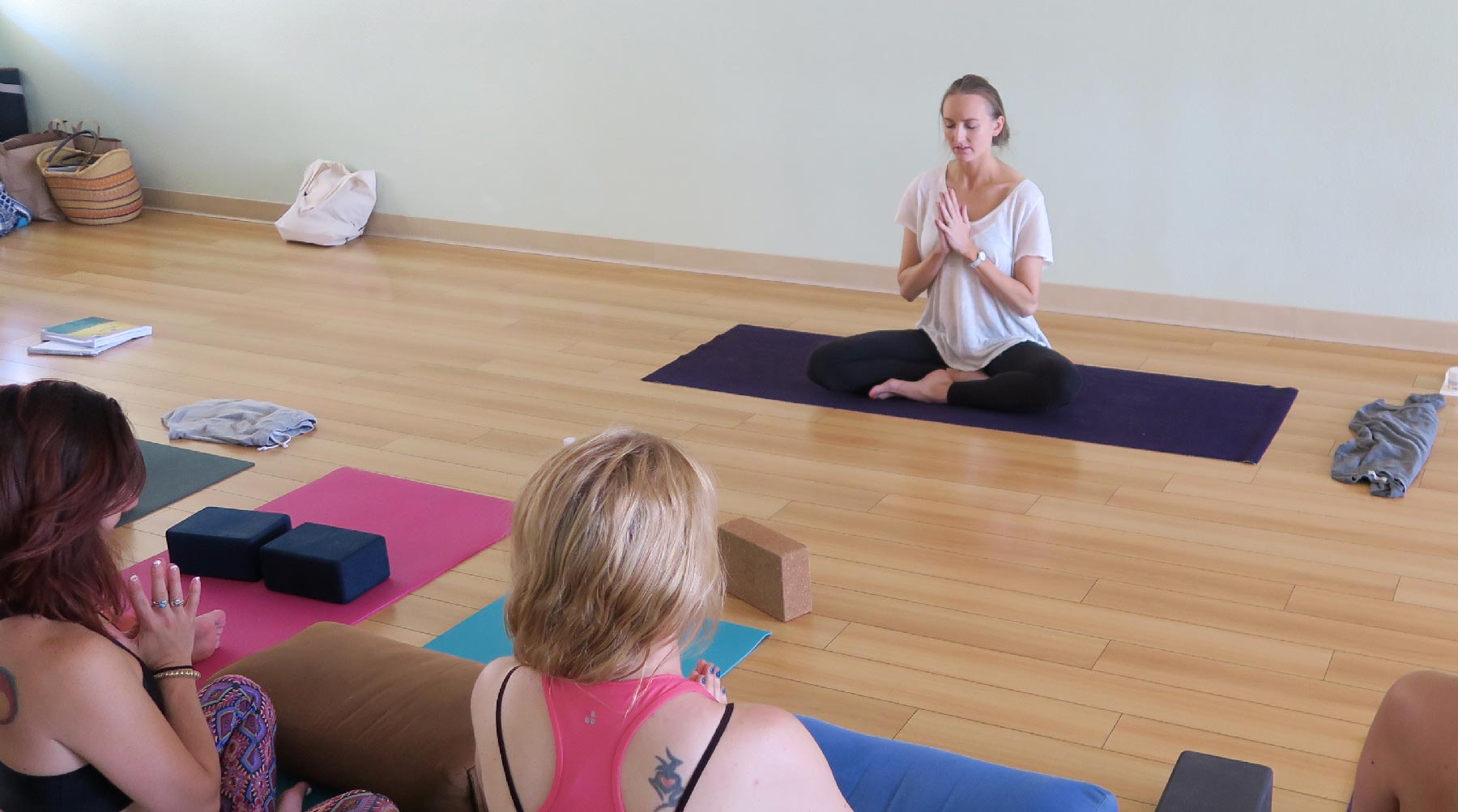Have you ever gone to a yoga class where you couldn’t keep up? Maybe you were asked to contort your body into shapes that just weren’t attainable for you. Did you leave feeling defeated instead of confident?
Yoga isn’t one-size-fits-all, and it’s not a competitive sport. It can meet each and every person wherever they’re at in their yoga journey, regardless of shape, ability, size, or age. As yoga teachers, it’s our responsibility to create a yoga community where everyone feels included, empowered, and uplifted!
Let’s look at ways we can use language and pose options to encourage students and create a beautiful yoga environment:
What Is Accessibility And Inclusivity?
As an Uplifted-trained yoga teacher, along with my own experience of multiple orthopedic surgeries and rehabs, I’ve learned how to adapt and adjust not only my personal yoga practice, but also how to help my students thrive in a non-judgmental and inclusive environment. Yoga benefits include more than just a physical practice, it’s a mindset practice as well.
A yoga practice or yoga class is different for everyone, and can even change from day-to-day. Accessible yoga, sometimes called adaptive yoga, is a way of teaching that offers options and variations of yoga postures for each person, instead of trying to get everyone to look exactly the same and fit into a specific shape.
An inclusive yoga class means being accepted and encouraged, no matter the differences or abilities. I like to think of it as making each person in my classes feel unique and special, instead of like robots! Everyone’s practice is different, and an inclusive yoga class celebrates that. Inclusive yoga allows teachers to create space that is positive for everyone.
How I Figured This Out
If you’re an Uplifted YTT alumni, from the training you already know about how vastly different all of our bodies are, and how prior experiences, traumas, and injuries can have a huge impact on us.
I’ve been on both sides of the yoga mat, as a student and as a teacher. I’ve had multiple surgeries and injuries, and some yoga poses simply do not work in my body (see Coping with a Chronic Condition – Ways YTT Can Help).
Before graduating from Uplifted YTT, I would often feel self-conscious in yoga classes when I couldn’t force myself into a certain shape due to prior injuries. At one yoga studio I felt like I had to perform and conform. I felt like my body was letting me down if I couldn’t get into the full expression of a posture. Eventually, I would only go to yoga classes where I knew the teacher would encourage me to make any adjustments I needed.
From my personal perspective of my own practice as well as teaching yoga with many physical barriers, I’ve fine-tuned ways to teach and language to use that ensures everyone has a great yoga experience.
Read on to learn how we can help our yoga students enjoy yoga, feel empowered, and embrace diversity…
How To Be More Inclusive in Your Yoga Class
How can you teach a complete beginner in the same class as someone who has been practicing for decades, and help them to both feel confident? A positive emphasis, offering alternatives and options, and helping everyone feel empowered regardless of ability is key to holding space for yoga students.
Uplifted YTT Alumni know we have amazing cues from the training and the manual, including progressive cueing using the 7 segments (Uplifted YTT manual pages C12-17). As a teacher, I wanted to find even more ways to make sure my language was inclusive and empowering to everyone, regardless of their yoga experience or ability.
Opening Words
To create a safe space, I begin every class by having students get into a seated or reclined position that’s comfortable, ask them to focus on their breath and tune into their body, and begin by saying something like this:
“Yoga is a personal and different practice for each one of us. We’re all built differently in our physical bodies, and we all bring different histories to the yoga mat. It’s not one-size-fits all. Please leave ego, comparison to other students, and competition outside the door. I’ll offer variations and options throughout the class, and I ask you to get curious, experiment with different pose alternatives, and choose what is best for you today.”
I’m sure to mention that if anyone has injuries or concerns, feel free to ask for suggestions or simply skip a pose. This sets the stage for everyone to be empowered.
Avoid Comparative Language
Avoid using language that compares beginners to advanced yogis, or “easy” versus “hard”. Instead, offer several pose options without using comparative words, and give students time to explore and to choose for themselves what they prefer.
Always let your students know that they can opt out of any poses, or change it to best fit their body. There is no “right” or “wrong” unless there is a specific alignment safety issue. It’s amazing how often I see students change their position when I say, “If this doesn’t feel good to you, try these options instead…”
An example of this that I use often is demonstrating 4 or 5 different arm variations for asana like extended Tadasana (extended mountain), Virabhadrasana I (warrior I), or Utkatasana (chair pose). Then as we’re flowing through the class I’ll say “choose your arms” and give students time to explore where they would like for their arms to be in those poses. The word “choose” is my students’ favorite word!!
Focus On Positives
Another point to consider is focusing on positives, not negatives. “You can try this version…” and “If you can’t do this pose …” are two very different ways to express the same idea; one is positive and one is negative. This is particularly important for new students.
For example, in Vira I (Warrior I), ask students to check that the front knee is lined up over the front ankle, instead of saying “don’t let your front knee fall inward.”
Pose Progression
I love to teach all-level classes using progression – again without using comparative phrases like “more advanced students…”
I begin by letting students know that we’ll be flowing through several repetitions of a pose or a sequence, and that with each iteration I’ll be adding a more complex or challenging version of the poses (note that I don’t say easy/hard).
I then invite each person to decide how far they would like to go with the challenge, and that its OK to stop at any point they would like to. I encourage everyone to choose any version of the several offered. I might say something like “If you’d like to get your heart rate up, try this.”
It’s about offering choices and empowering each person to decide for themselves. This is a perfect time to give a reminder of the idea that yoga is not a competition.
Avoid Blanket Statements
As Uplifted yoga teachers, we know that even with all of the YTT training, we cannot understand what it’s like to be in someone else’s body.
Avoid telling students what they should be feeling, and avoid generalized statements like “If you have tight hamstrings, bend your knees in a forward fold.” Instead, give power of choice to your students by instead saying, “If you have tight hamstrings or low back pain, you can try bending your knees to see if that feels better for you.”
One of the most powerful aspects of yoga is that it teaches each person to take responsibility for themselves. We as yoga teachers can help our students to do that by asking them to tune into their own bodies and how they are feeling, to offer alternatives, and to give permission to make adjustments as needed.
“Modify” is a bad word
Modify means to make it less extreme, severe, or strong. I avoid using this word completely in my yoga classes, because the connotation can be “if you can’t do this pose, you need to modify it.” That creates an environment of those who can and those who can’t. Offering pose options without the negative influence of the word “modify” is a much more positive experience in how people approach a yoga pose. Brett eliminated the word “modify” from the Uplifted 200-Hour Yoga Training manual two years ago, and we’ve never looked back.
Save Hours with my Proven Formula. FREE Yoga Business Plan Download
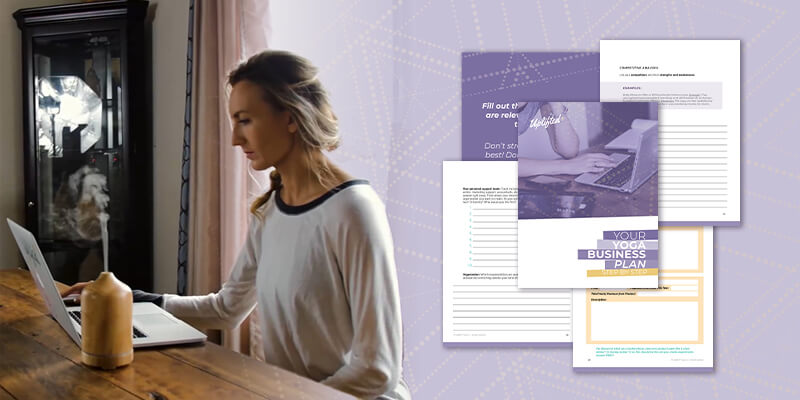
Inclusive Cuing Cheat Sheet
Words carry a lot of power and can have a huge impact on how people feel about themselves. Always focus on positives instead of negatives. Remember that it is the responsibility of yoga teachers to hold space for students.
I find one of the best ways to do this is to offer many pose alternatives, without classifying any of them as easy/hard or beginner/advanced. I ask students to try different versions and choose what is best for them on that given day.
The lists below present different sides of the same ideas, one positive and one negative. Can you expand on this list to make your yoga teaching a positive experience for all?
Empowering words and phrases:
- Get curious about how the different variations feel…
- I invite you to try…
- Some options to explore are…
- You get to decide if you’d like to challenge yourself today or not.
- If it’s available to you and you want to try…
- Try these different options and choose which is best for you today.
- Options to try in a forward fold are bending your knees or reaching your hands to a block.
- It’s not what a pose looks like, it’s what it feels like in your body.
- Props can make yoga safer and smarter.
- If you’d like to stay in this pose for longer, feel free to join back into the flow whenever you’re ready.
- Feel free to try…
- Option, alternative, version
- Yoga is not performance or competition.
- Fit the pose into your body.
Avoid saying:
- The pose should look like this…
- Do it this way…
- An easier version is…
- The beginner version of this pose – or – The advanced version of this pose
- Advanced yogis can…
- If you can’t do this pose, try an easier version…
- Reach down and touch your toes.
- Use a yoga block if you can’t reach…
- Let’s all catch up…
- If you need to…
- Avoid the use of “modification”
- You’ll feel…
Is Yoga Teacher Training Right For You?
There are many ways to use encouraging language to help students feel confident and to have the power of choice with their own bodies through yoga practice. Inclusive language and cueing are crucial for offering a positive yoga experience.
The detailed cues offered in Uplifted Yoga Teacher Training (YTT) are amazing and provide alternatives for every person regardless of ability, body type, or experience. Uplifted YTT also includes trauma-informed yoga, which ties in directly with the ideas in this article. If you feel called to explore more about this life-changing training, visit Uplifted to learn how you can lift others up with yoga.
Take my quiz to find out which YTT is best for you:
Next Steps:
- Explore my Yoga Teacher Resource knowledge hub for more tips about how to grow your yoga business.
- Download my sequences for a jumpstart on your upcoming yoga classes!
- For more detailed tips, processes, and worksheets to supercharge your yoga business, download my yoga business launchpad course!
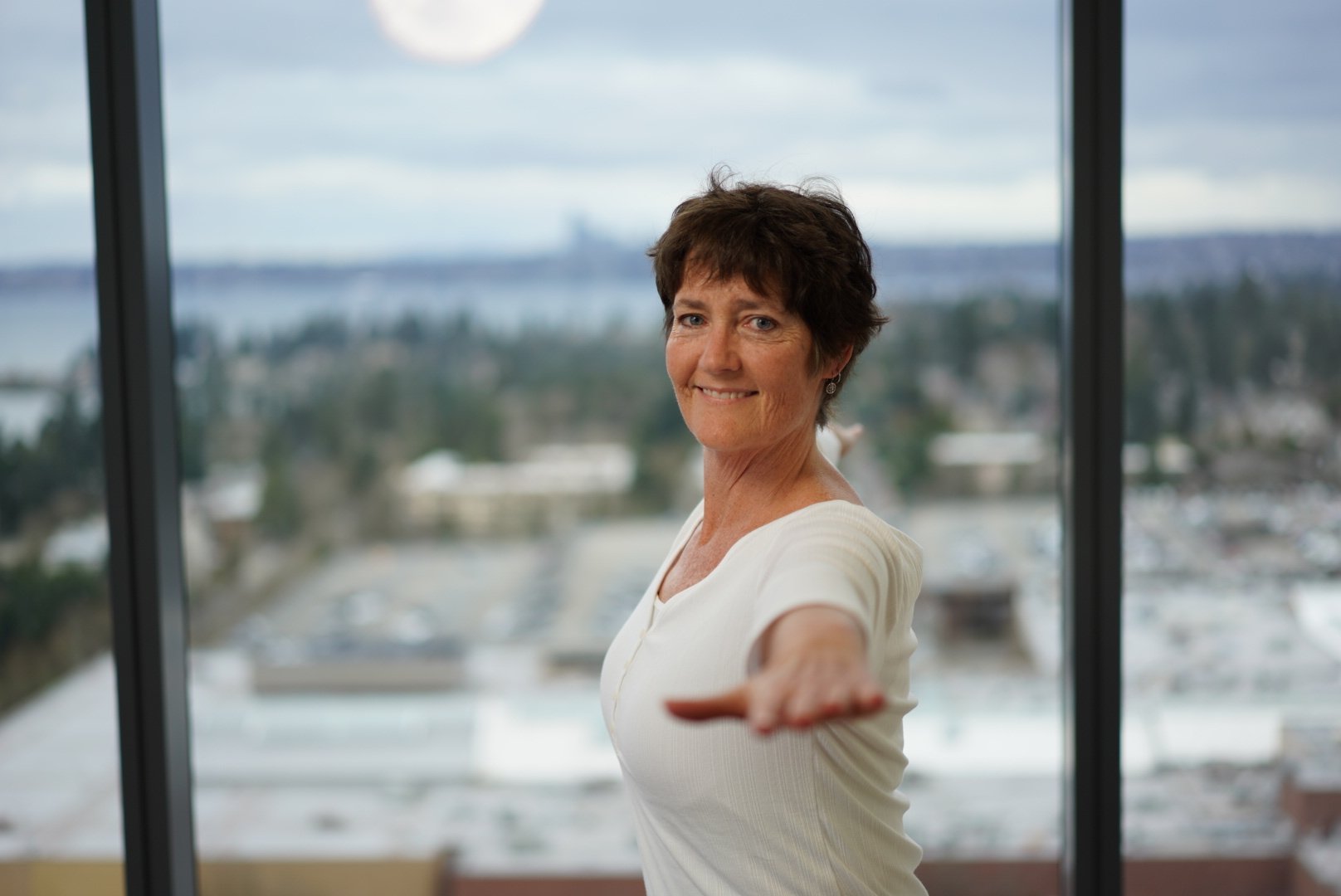
About The Author | Andrea
Andrea, E-RYT and RYT-500, teaches open and private classes featuring Yoga For Real People and shares her wisdom virtually as an Uplifted Yoga Mentor. She is a graduate of Uplifted 200-hour and 300-hour YTTs, and Kundalini University YTT. She has completed certifications in Accessible Yoga, Chair Yoga, Yin Yoga, and TRX Yoga. She is also a certified Kripalu Mindful Outdoor Guide.
An incurable traveler, hiker, adventurer, backpacker, and kayaker, Andrea is on a quest to share the things that fill her heart up with the world, and to help others with physical and chronic conditions reach their full potential through yoga. You can follow her hiking travels on Blues Boots.
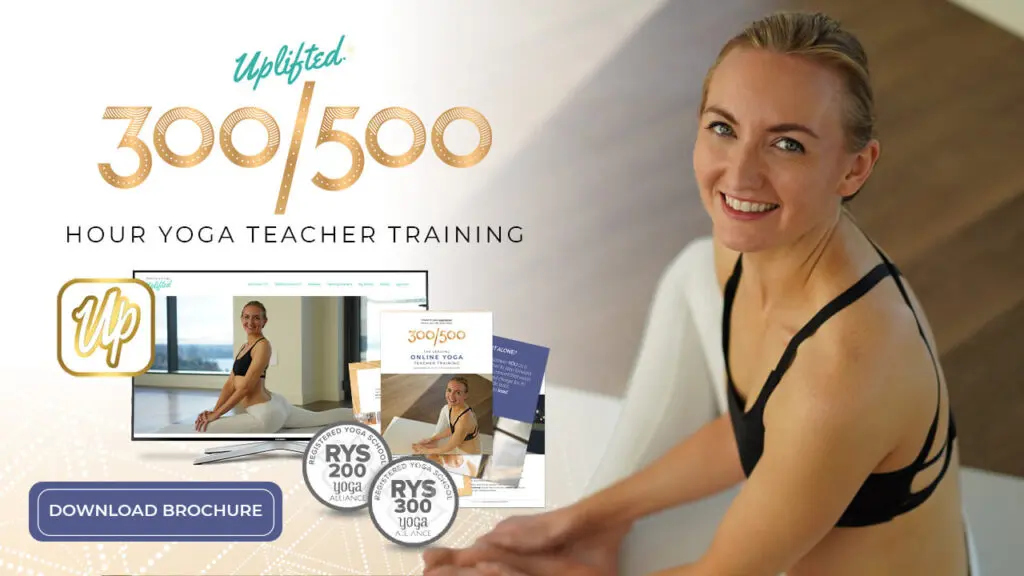
Sneak Peak into My 300-Hour YTT - FREE Videos, Info Session, Bonuses!
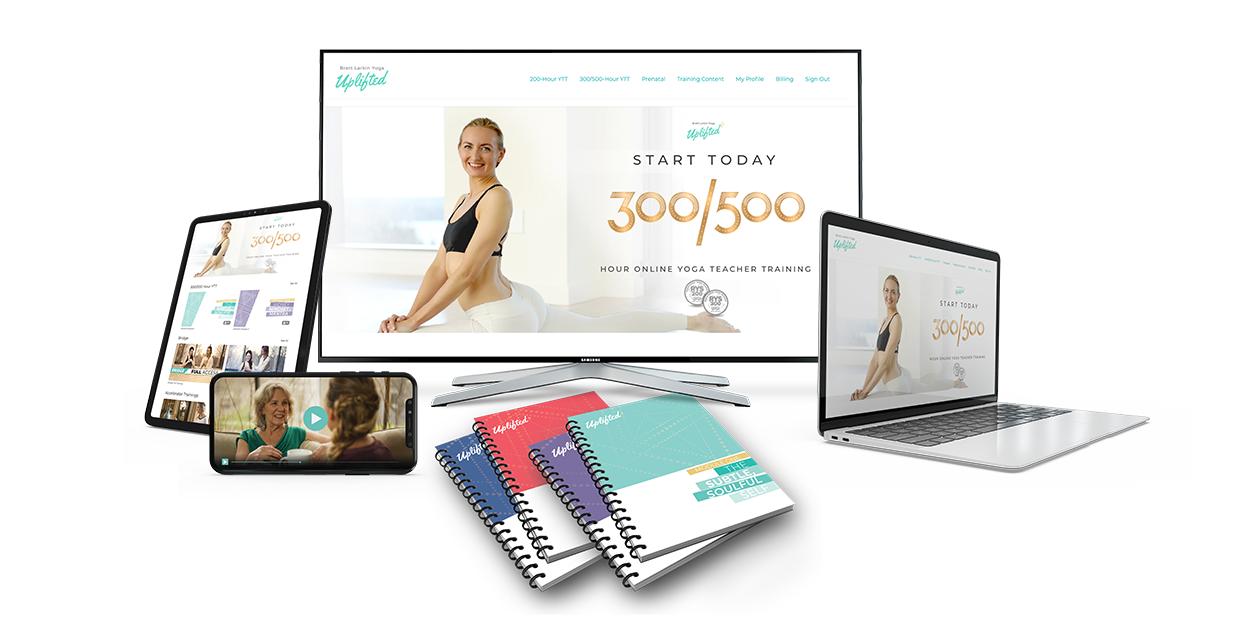
YOU MIGHT ALSO LIKE
- What Is Mindset Coaching? A Complete Breakdown
- 5 Affordable Yoga Teacher Insurance Plans (Updated 2024)
- How To Make A Life Coaching Intake Form
- 7 Steps To Start A Life Coaching Business
- What Is A Self Love Coach? And How To Become One
- Self-Coaching: How To Become Your Own Life Coach
- Types Of Life Coaches: How To Choose Your Life Coaching Niche
- 20 Awesome Ways To Make Money As A Yoga Instructor
- Life Coach Marketing: A Comprehensive Guide For Long-Term Growth
- How To Get Clients For Life Coaching
- Are Life Coaches Worth It? Take This Self-Assessment To Find Out.
- How Much Does A Life Coach Make? Around $5k+ A Month
- Yoga Cues 101: Everything You Need To Teach Yoga
- How Much Do Yoga Teachers Make? (And How To Earn More)
- Life Coaching Skills: Are You Meant To Be A Life Coach?
- How To Incorporate Somatic Coaching Into Your Yoga Practice
- How to Easily Modify 6 Common Yoga Poses [+VIDEO]
- Try This 30-Minute Yoga Nidra Script for Deep Sleep and Relaxation [+ Video]
- 8 Best Yoga Podcasts For Yogic Business And Living
- How To Become A Life Coach (For Yoga Teachers)
- How To Use Social Media To Grow Your Yoga Business
- How To Find Your Yoga Niche (And Make $5K/mo)
- How To Make $5k Per Month As A Yoga Teacher
- How to Plan a Yoga Retreat That Earns 6 Figures
- Which Uplifted online yoga training is right for you?
- Creating Inclusive Yoga Spaces: Here’s What To Avoid Saying
- The Best Yoga Business Coaches to Skyrocket Your Income
- Traditional Yoga Class Plan Template (Tips for Yoga Sequencing)
- Best Blog Platform for Yoga Teachers
- Managing Cash Flow and Profit In Your Yoga Business
- The Top 5 Biggest Fears of New Yoga Teachers
- The Best Yoga Playlists For Yoga Teachers
- Why You Need A Yoga Intake Form (FREE download)
- How to Make a Logo for Your Yoga Business (No Design Skills Needed)
- This Cold Email Will Help You Land a Corporate Teaching Job
- This Cold Email Will Help You Land a Studio Teaching Job
- 9 Yoga Modifications for Pregnancy and How to Teach Them
- Our Expert Advice On How and Why To Teach Corporate Yoga
- How to Upgrade Your Yoga Alliance Certification Designation to 300 / 500 RYT
- How to Register Your YTT Certificate With Yoga Alliance (With Photos)
- How to Get Traffic to Your Yoga Website With SEO
- How to Update Your Yoga Alliance Teacher Profile Step-by-Step
- 6 Best Online Course Platforms For Yoga Teachers (Ranked)
- How To Make An Instagram Business Account As A Yoga Teacher
- 12 Actionable Tips For New Yoga Teachers Who Are Scared To Teach
- How To Prioritize Student Feedback On Zoom
- How To Teach Yoga On Zoom With Two Devices In 6 Easy Steps
- What Is Trauma Informed Yoga And Should I Get Certified?
- 10 Things You Must Do After Your Yoga Teacher Training
- 13 Types of Yoga Teacher Tax Deductions (And Other Tax Tips)
- My Exact Tech Tools For My Million Dollar Online Yoga Platform
- 10 Best FREE Facebook Groups For Yoga Teachers
- How To Log Yoga Alliance Continuing Education Hours
- The Only 7 Yoga Alliance Membership Benefits (Some Are Free)
- DSLR vs Smartphones: How To Choose The Right Microphone

